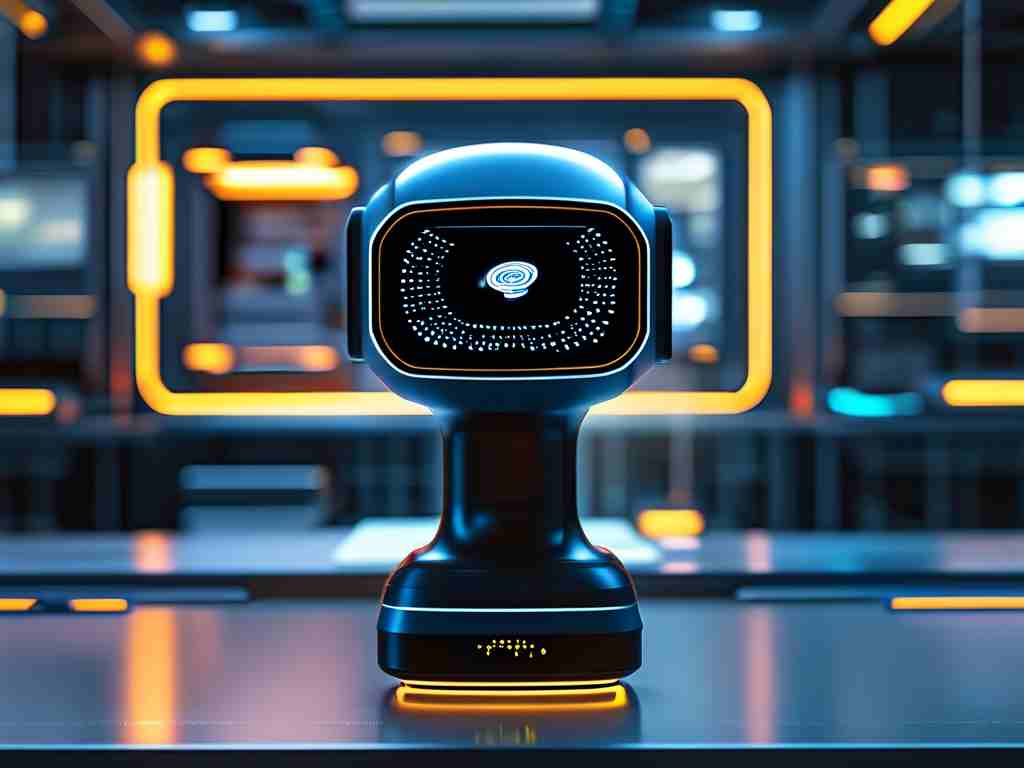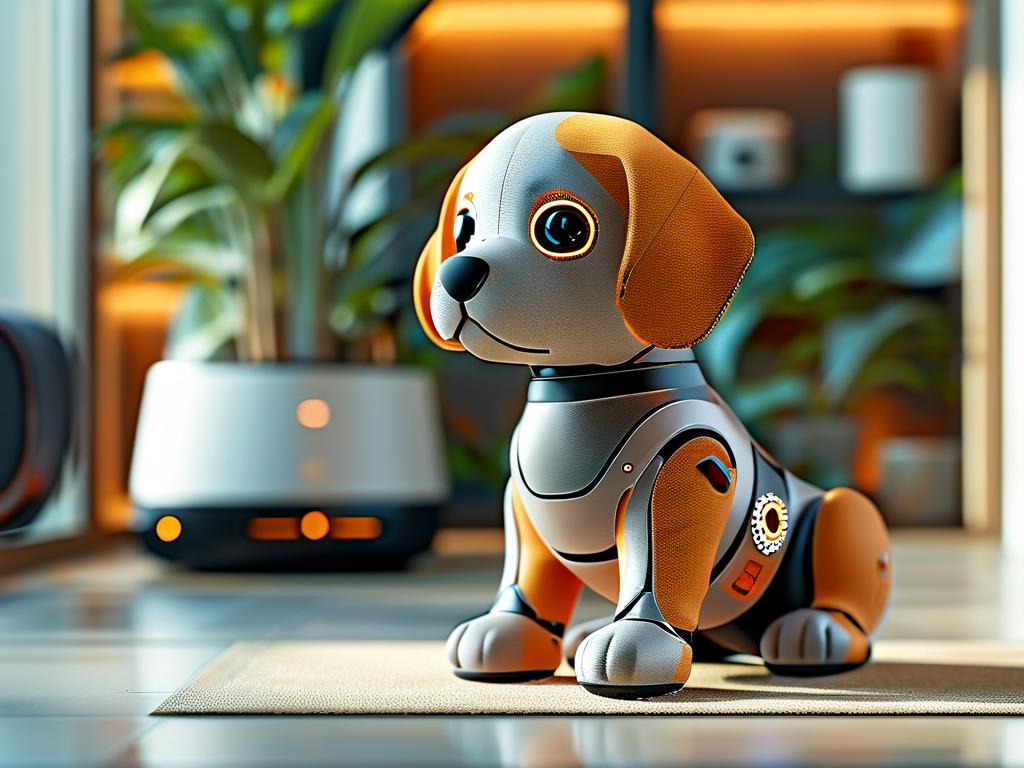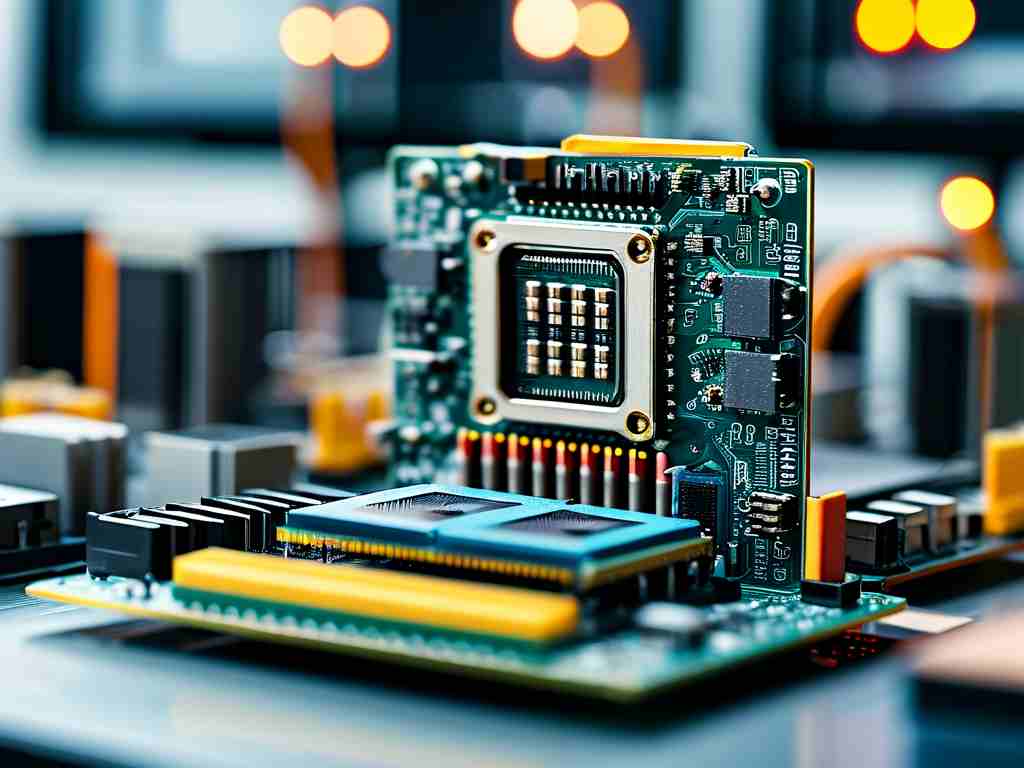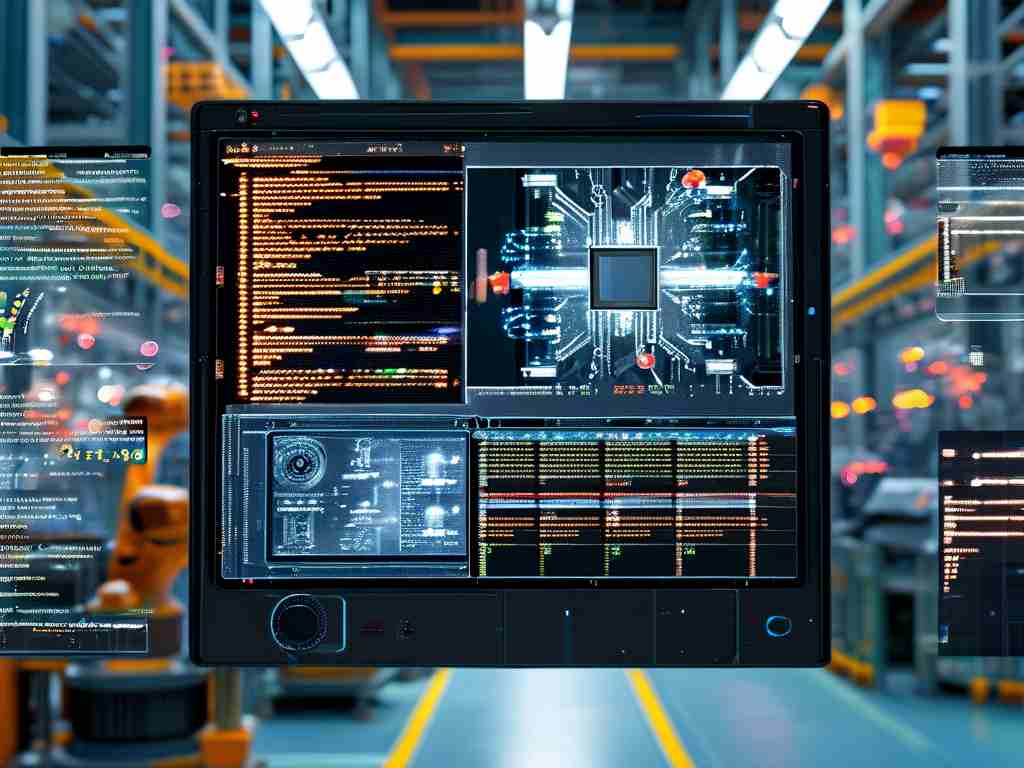The intersection of voice recognition and embedded systems development has become a focal point in modern technology discussions. While these fields share overlapping applications, their relationship requires careful examination to understand whether voice recognition inherently falls under embedded development.

At its core, embedded systems involve specialized computing devices designed for specific functions, often operating under resource constraints like limited memory or processing power. Examples range from microwave oven controllers to automotive sensor arrays. Voice recognition, conversely, refers to technologies that convert spoken language into machine-readable data – a capability increasingly integrated into devices like smart speakers and wearable gadgets.
The connection lies in implementation. When voice recognition algorithms are deployed on embedded hardware – such as microcontrollers in IoT devices or automotive infotainment systems – the process becomes part of embedded development. Developers must optimize speech processing models to work within hardware limitations, manage real-time audio processing, and ensure reliable performance without external cloud dependencies. A practical example is wake-word detection in smart home devices, where lightweight neural networks run locally on low-power chips.
However, not all voice recognition constitutes embedded development. Cloud-based solutions like virtual assistants primarily handling processing through remote servers exist outside this scope. The distinction emerges when examining where computation occurs: embedded implementations perform critical voice processing locally, while hybrid systems might combine both approaches.
Technical challenges in embedded voice recognition include:
- Memory optimization for acoustic models
- Real-time latency requirements
- Power consumption management
- Noise reduction in varied environments
Developers often use frameworks like TensorFlow Lite for Microcontrollers to deploy machine learning models on embedded devices. A code snippet for initializing a voice recognition model might appear as:
#include "tensorflow/lite/micro/micro_mutable_op_resolver.h"
#include "voice_model.h"
void setup() {
static tflite::MicroMutableOpResolver<5> resolver;
resolver.AddConv2D();
resolver.AddFullyConnected();
resolver.AddSoftmax();
// Initialize model interpreter
}
Industry applications demonstrate this fusion. Medical devices now embed voice controls for sterile environments, while industrial equipment uses voice commands to assist gloved technicians. Automotive systems implement embedded voice recognition for climate control and navigation without relying on cellular connectivity.
The evolution continues with neuromorphic chips that mimic human auditory processing, potentially revolutionizing embedded voice interfaces. As edge computing advances, more sophisticated voice capabilities will migrate to embedded devices, blurring traditional boundaries between local and cloud processing.
Ultimately, voice recognition becomes embedded development when tightly integrated with specialized hardware under constrained conditions. This synergy drives innovation across sectors, from consumer electronics to industrial automation, creating systems that combine human-centric interfaces with robust embedded functionality.









